The coffee plant is commonly called a tree or a bush, and is in the biological family Rubiaceae. Coffee plants are native to subtropical Africa and also southern Asia, but are now grown in 70 countries across our globe.
Coffee plants broadly fall into one of three types:
Arabica (Coffea arabica)
Within Coffea arabica, there are many different varietals, with the major ones being Arabica (Coffea arabica var. arabica), Bourbon and Typica.
The first Coffea Arabica varietals are thought to be Arabica and Bourbon. Bourbon is named after the region where it was first cultivated. Virtually all other varietals are thought to have originated from these two.
The Arabica coffee species makes up 70% of the world’s coffee exports and are overwhelmingly known as the better quality coffee. They are therefore the coffee of choice in specialty coffee markets. Arabica coffees are grown exclusively in tropical and subtropical climates at elevations of 1000 – 1500 metres above sea level (masl), are more sensitive to pests and more expensive to grow.
There are many different varietals of Arabica, which include:
Amarello, Arabusta (interspecific hybrid), Arusha, Bergendal, Blue Mountain, Bourbon, Catimor, Caturra, Catuai, Charrieriana, Columbian, Ethiopian Harrar, Ethiopian Sidamo, Ethiopian Sidamo, Ethiopian Yirgacheffe, French Mission Bourbon, Hawaiian Kona, Java, K7, Kent, Maragogype, Marigojipe, Mayaguez, Mocha, Mundo Novo (hybrid), Pacamara (hybrid), Pacas, Pache Comum, Pache Colis (hybrid), Panama, Ruiri 11 (dwarf hybrid), San Ramon, Santos, Sarchimor, Sidikalang, SL28, SL34, Sumatra Mandheling, Sumatra Lintong, Sulawesi Toraja Kalossi, Timor (interspecific hybrid), Typica, and Uganda.
Capristo Coffee Roasters predominantly uses Arabica varietals in our coffees.
Robusta (Coffea canephora var. robusta)
Robusta coffee beans are used for most instant coffees, and contain about twice as much caffeine as Arabica Coffee beans. About 70% of all coffee grown is Arabica, while Robusta coffee plants comprise only about 25% of the world’s commercially grown coffee.
Robusta is higher in caffeine, less susceptible to pest attacks (due to high caffeine content), grow at low altitude and easy to grow. This makes them cheaper and easier to grow.
Known for their high levels of crema formation and body in the cup, they generally are only used in small amounts in espresso blends as they can impart a burned rubber taste if too high in concentration in the blend. Vietnam is currently a significant exporter of this type of coffee.
Liberica(Coffea liberica)
Grown primarily in West Africa and Malaysia, this coffee is only 5% of the commercial coffee market and with inferior flavour and aroma to the Arabica and Robusta Types, is of no interest to Capristo Coffee Roasters and the wider specialty market.
Anatomy of the Coffee Plant
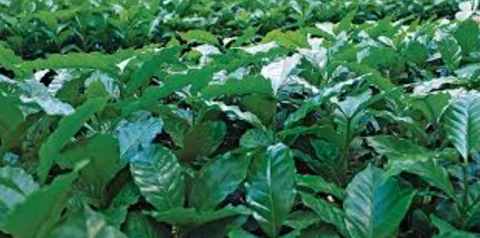
Coffee plants begin producing a full crop when they are about five years old and then continue to produce for the next fifteen to twenty years. One coffee plant may produce an average of about 0.5 Kg of coffee beans each year.
Coffee bushes have glossy, dark green, ovate leaves (which last three to five years) and small, fragrant white flowers that bloom simultaneously in clusters. The center of the coffee cherry (fruit) is referred to as the bean or seed. Before roasting, in its raw state, the coffee bean is referred to as being green, although its colour may range from green to a blue or grey green. After the cherry is harvested, the coffee bean is processed.
Coffee Cherry Processing

Coffee processing of the world’s coffees is achieved by many different methods. These processing techniques can be grouped into four main categories:
Wet Processing involves washing the coffee beans of fruity material while the beans are still moist right after they are picked.
Dry Processing involves first drying the coffee cherry in the sun while regularly raking the beans free of any dried fruit.
Pulped Natural Processing involves initially pulping the coffee but without a fermentation stage as in Wet Processing, then drying the beans with much of the mucilage still attached.
In the Semi-Washed Processing method a machine is used to remove the coffee cherry’s skin and most of the mucilage.
Each method of coffee processing has its own taste and aroma implications, but in most cases the end result is green coffee beans with a moisture content of about 10.5%…. ready for transportation and roasting.


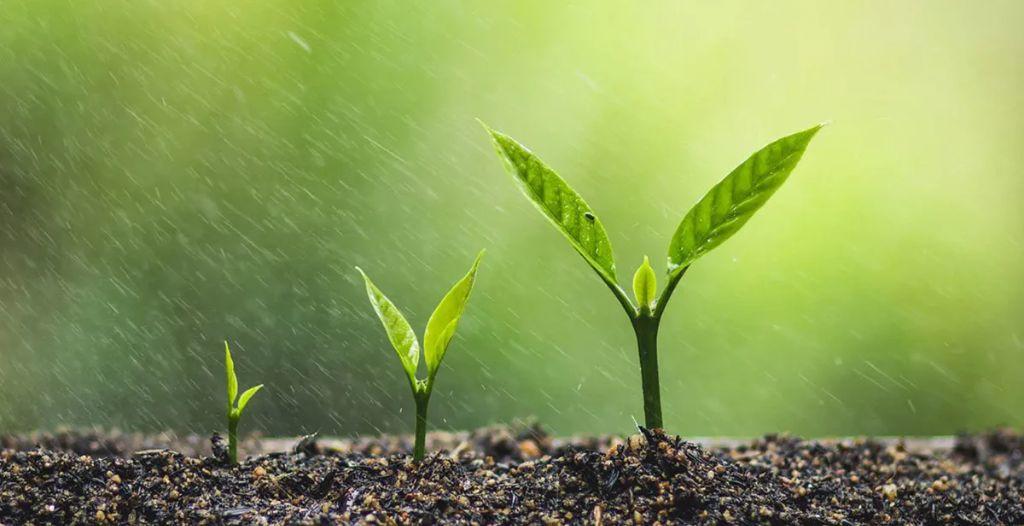
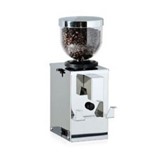
-160x160-state_article-rel-cat.png)


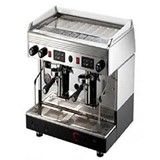



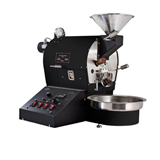


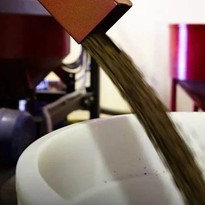
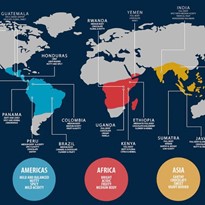


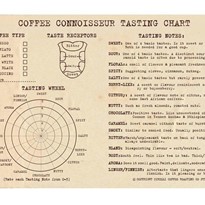



-205x205.jpg)
